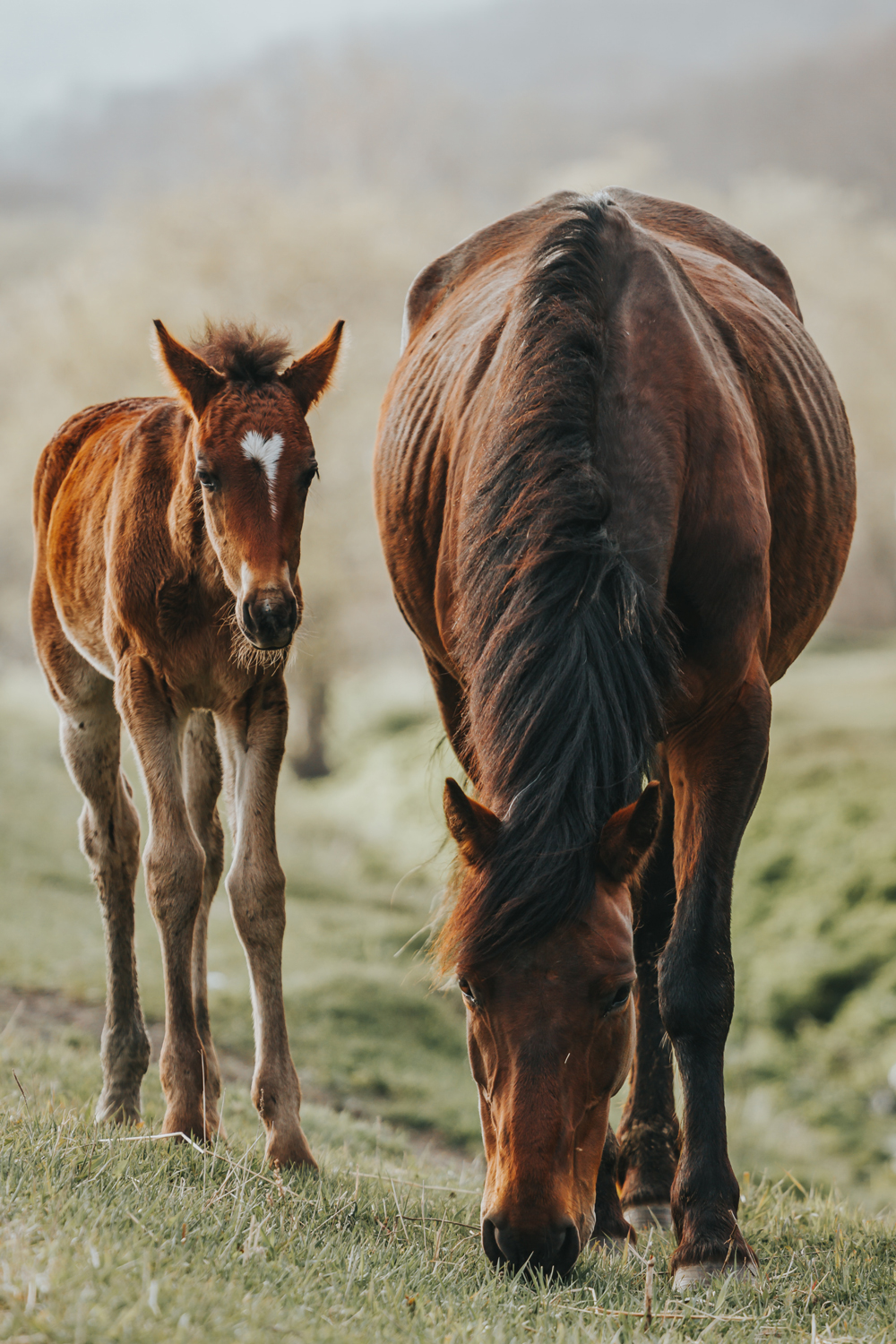Breeding your horse is a big decision, and one that demands careful consideration. Will the mare in question deliver a desirable foal? Have you picked the right stallion? How much will it cost?
There’s also the growing issue of unwanted horses left at rescue centres to think about – the decision to breed your horse should not be taken lightly. Significant investments in both time and money are involved, so having reliable horse insurance is vital.
Equesure is here to help. We know how rewarding horse ownership can be, and when properly planned, breeding a beloved pony can be a wonderful experience.
Read on for our top tips for breeding horses.
What to consider before breeding your horse
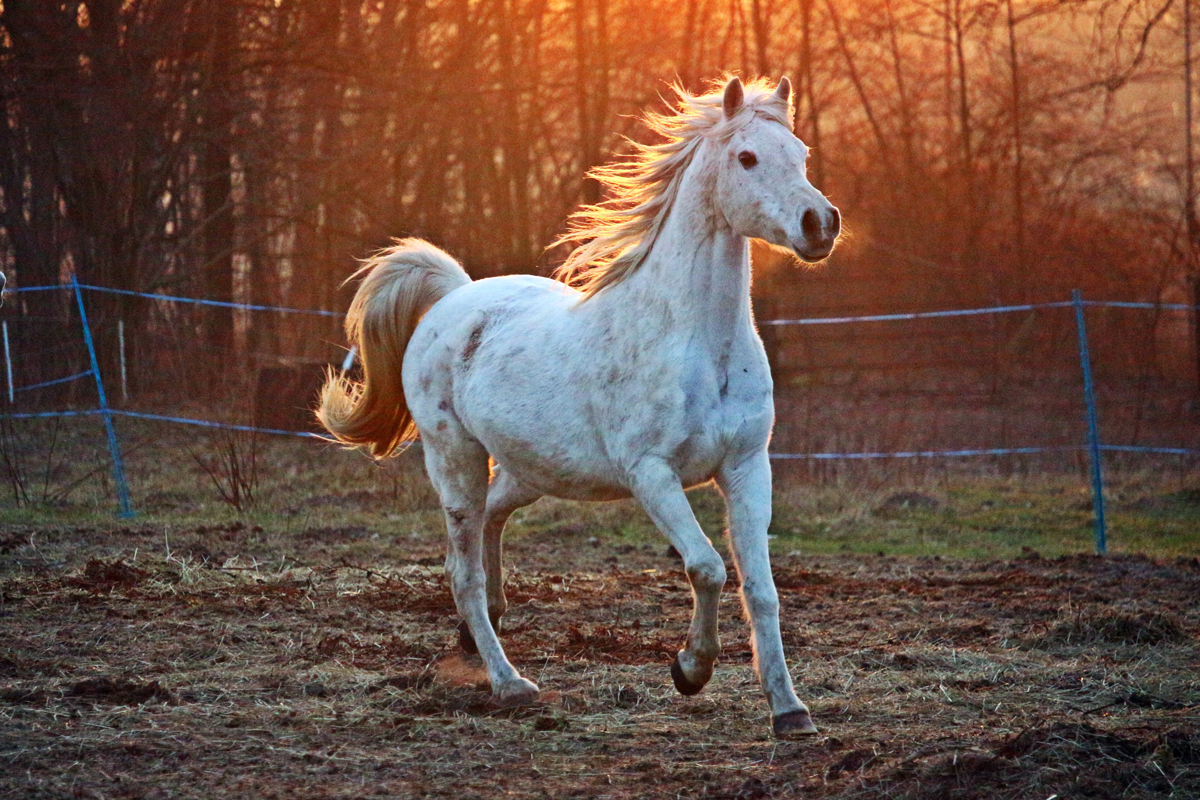
Before we look at pregnancy care, let’s walk through the most important factors to consider before breeding.
The mare
Ask yourself some tough questions. Are you breeding purely for sentimental reasons? Horse and Hound suggests getting a professional assessment, as this will give you a neutral summary of your mare’s qualities. This will also help you when searching for the perfect stallion.
Your mare should be a minimum of 18 months old, but it’s best to wait until she’s 4 years of age or older, as by then she’ll have grown to her full size.
Look into your mare’s damline, researching any additional foals her dam birthed. Think about the future of the foal – will it be in demand? Responsible breeders should ensure their broodmare is a proven pleasure or performance horse, Spruce Pets says, possessing quality mental and physical traits.
The stallion
Just as you have for your mare, research your chosen sire’s damline. When choosing a stallion, already have the type of horse you want to produce in mind, considering discipline, size, colour and more.
Think about the stallion’s previous pregnancy rates and fertility record. If you can, observe stallion contenders or their offspring first hand. If this isn’t practical, try speaking to those who have and ask for honest feedback.
Take a look at whether their offspring are ridden by amateurs or professionals, as this gives you more insight into the type of foal you might end up with.
Honestly ask yourself why you’ve chosen a specific stallion. Is it because this sire is in high demand, or is it because you think he’ll be a great match for your mare?
The foal
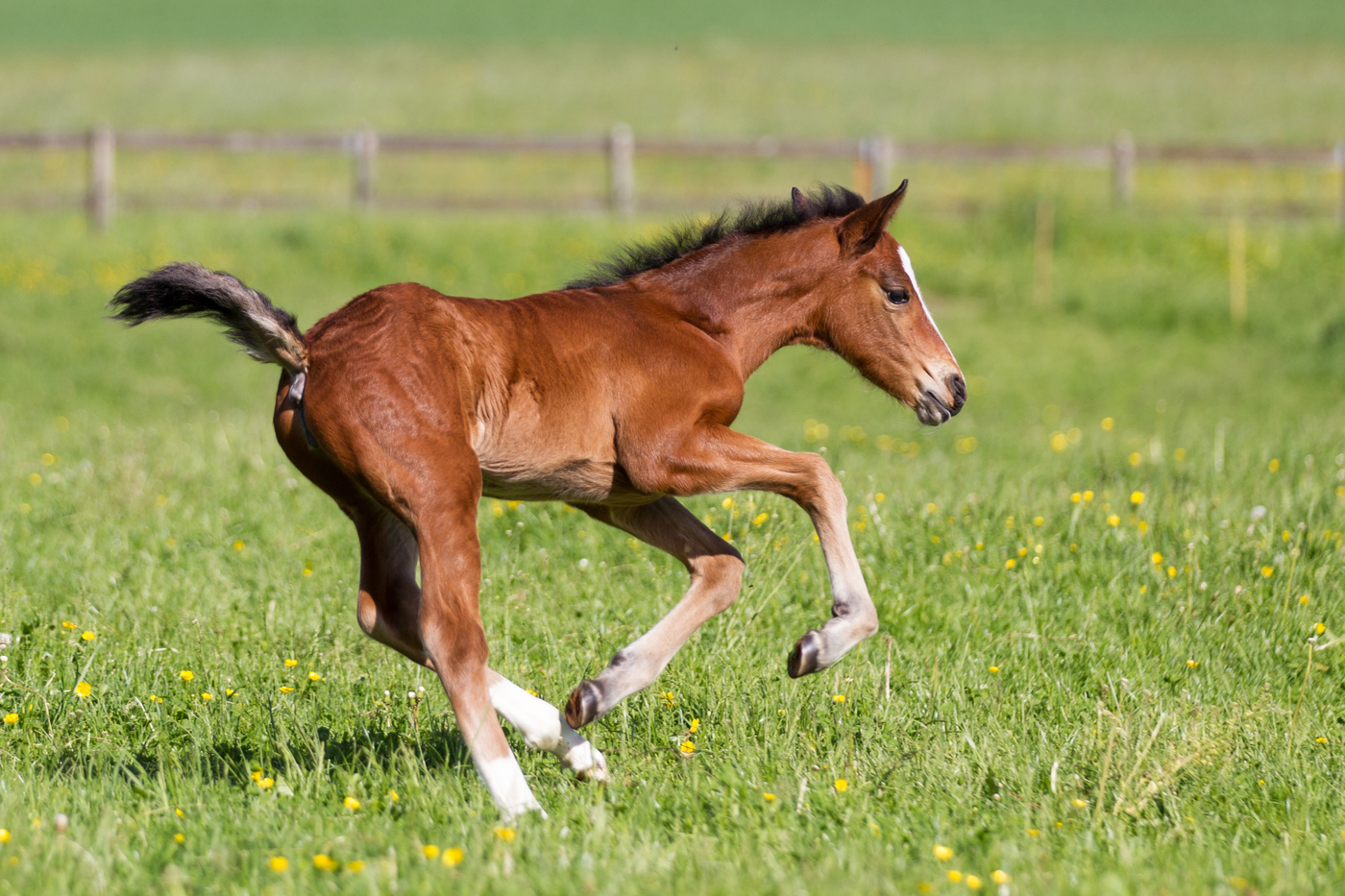
Whether you plan on keeping the foal or not, ensuring the mare and stallion are well suited is essential. The combination of pleasant temperament and good conformation – among other attributes – increases the chance of getting a valuable foal.
Is your goal to produce a foal you can then sell on? If so, it’s helpful to know at what age you want to sell him/her.
If you’d like to move the foal on before it matures, it’s best to pick a commercially friendly stallion, as this will appeal to buyers.
If you’d prefer to wait until your horse is under saddle, you can consider a less mainstream stallion, as you’ll be able to show buyers your equine in action. Either way, protect yourself by getting reliable horse insurance so you know that while the horse is in your care, it’s covered for accident or injury.
The cost
When breeding, you’ll need to decide whether you’ll choose artificial insemination or live cover – both involve considerable costs. Either way, if the sire isn’t yours, you’ll incur stud fees.
Breeding your mare to a top stallion will come in around several hundred or several thousand pounds, plus vet fees pre and post-birth.
Live cover will include costs covering travel and stabling. Artificial insemination is less reliable, due to the fact that the semen will be cooled or frozen – this affects viability. Costs will include the semen and the cost of a vet performing artificial insemination. A round of insemination costs roughly £250-£500 per cycle, and there’s no guarantee of the first round’s success.
Spruce Pets emphasises just how pricey breeding can be: you could purchase a relatively expensive, trained horse for around the same cost.
Also consider the extra time you’ll spend turning out and mucking stalls, plus costs incurred from extra feed and stabling.
The contract
Make sure you know what your contract includes. What happens if your mare repeatedly fails to conceive or aborts – will the contract stand?
If you’re transporting your mare for live cover, will you have to pay for an extended stay if conception is delayed?
Whichever breeding option you choose, find out whether you’re signing a live-foal contract or a no-guarantee – breeding is expensive so ensure you know what you’re paying for.
Pregnancy
Spruce Pets states that mares are “considered seasonally polyestrus”, periodically going into heat (estrus) and becoming receptive to stallions at intervals during spring and summer, with a new estrus cycle occurring roughly every three weeks.
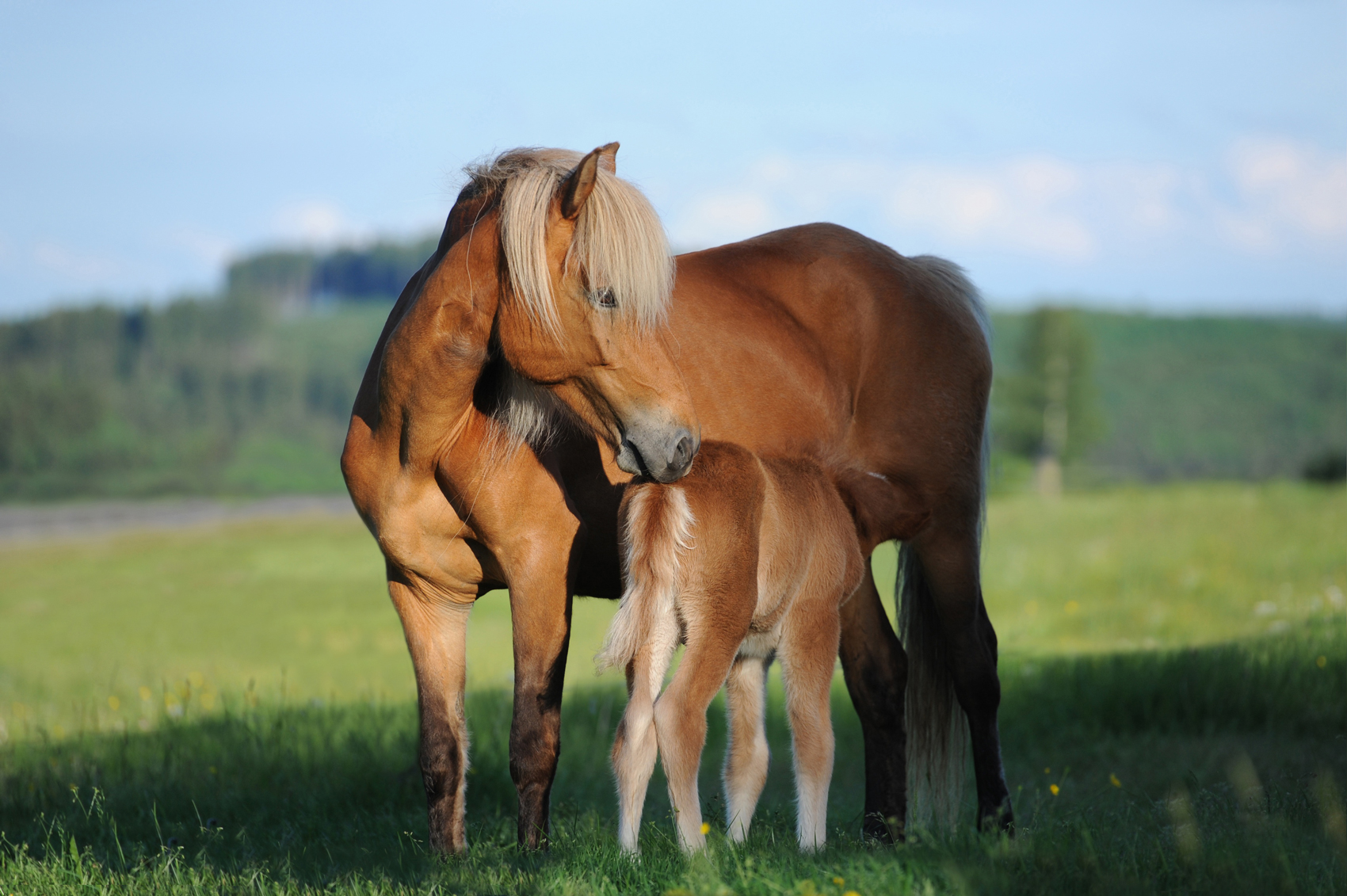
Early days
Once you’ve sourced the ideal stallion, how will you know if your mare has successfully conceived? For the first 3 months of pregnancy, mares may not exhibit clear signs of their condition, beyond the non-appearance of estrus cycles.
Make sure your mare is a healthy weight – underweight horses dedicate more energy to survival, reducing their reproductive efficiency.
An ultrasound can confirm pregnancy around two weeks after the breeding occurred. It’s essential to have a vet check your mare during the early stages of pregnancy, assessing the health of both her and her foal.
The chance of twins being conceived is rare, but it can lead to abortion of one or both embryos, if carried to term. This is why many vets choose to “pinch off” one of the embryos early on.Mares often abort, so it’s important to ultrasound, urine or blood test around the 3-month mark also.
Three months in
At this point, the foal’s development will speed up, and it will begin to look like a small equine. Once the 6-month mark is reached, your pony’s pregnancy may be more noticeably visible and her belly will continue to expand.
Tips on looking after the pregnant horse
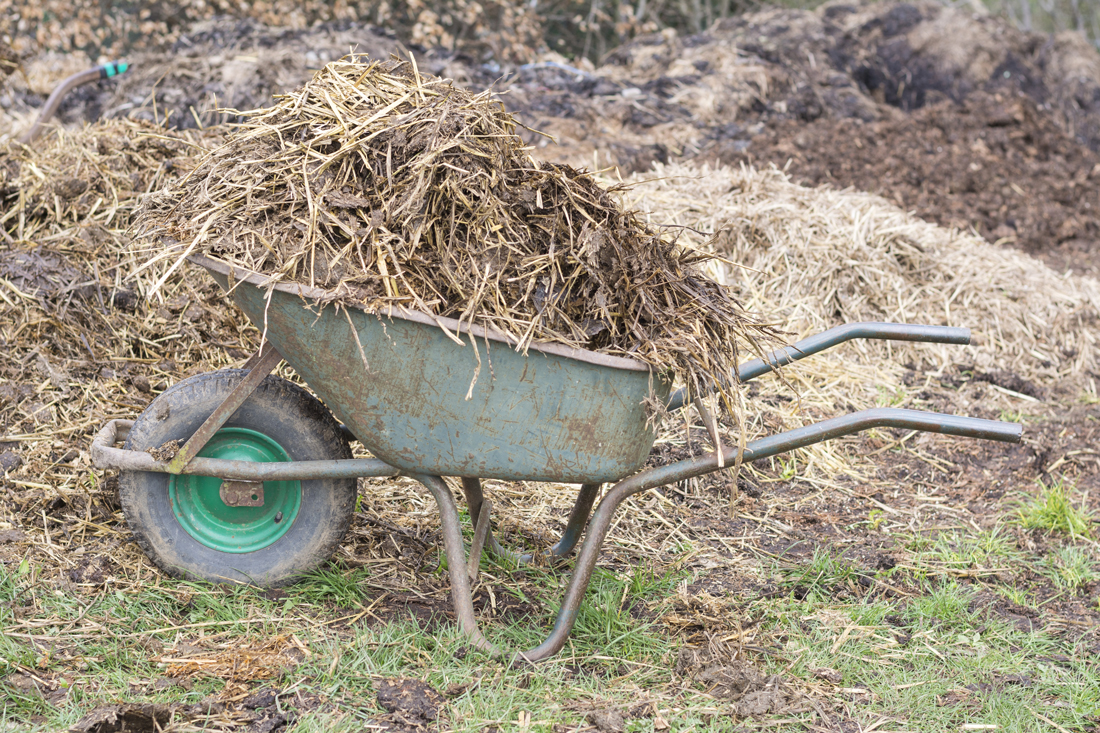
Should you decide to breed your mare, you’ll want to do all you can to increase the chance of a healthy, happy pregnancy.
On the whole, you can care for your pregnant horse as you would for any equine, but there are certain exceptions.
Let’s take a look…
Nutrition
Many make the mistake of overfeeding mares during the early stages of pregnancy.
“Pregnant mares should be fed exactly the same as non-pregnant mares for the most part,” says Benjamin Espy, DVM, Dipl. ACT, an equine practitioner. If your pony is getting a balanced diet, supplementation shouldn’t be required.
Once she reaches her final trimester, a pregnant mare must have 30% more feed. This is the point at which her energy and nutritional needs increase.
If she was previously given 6lbs of feed two times a day, this would be increased to 8lbs of feed two times a day, Espy explains.
Dependent on where you’re based, you may find you’ll need to purchase hay of a higher quality or extra concentrates, to keep your mare healthy during the late stages of pregnancy.
To maintain peak condition, your broodmare needs high quality feed, in addition to essential minerals and vitamins.
Avoid giving a pregnant horse fescue, be it as feed or bedding. It may be contaminated with an endophyte that causes issues in equine pregnancy, such as a lack of milk, extended gestation and a difficult delivery.
Make sure your mare gets enough water. Pregnant equines are able to glug as much as 15-30 gallons of water per day, relative to their environment and size.
If your mare becomes dehydrated, she may drink excessively when she gets access to water, which could lead to stress, colic or losing the pregnancy.
Vaccines
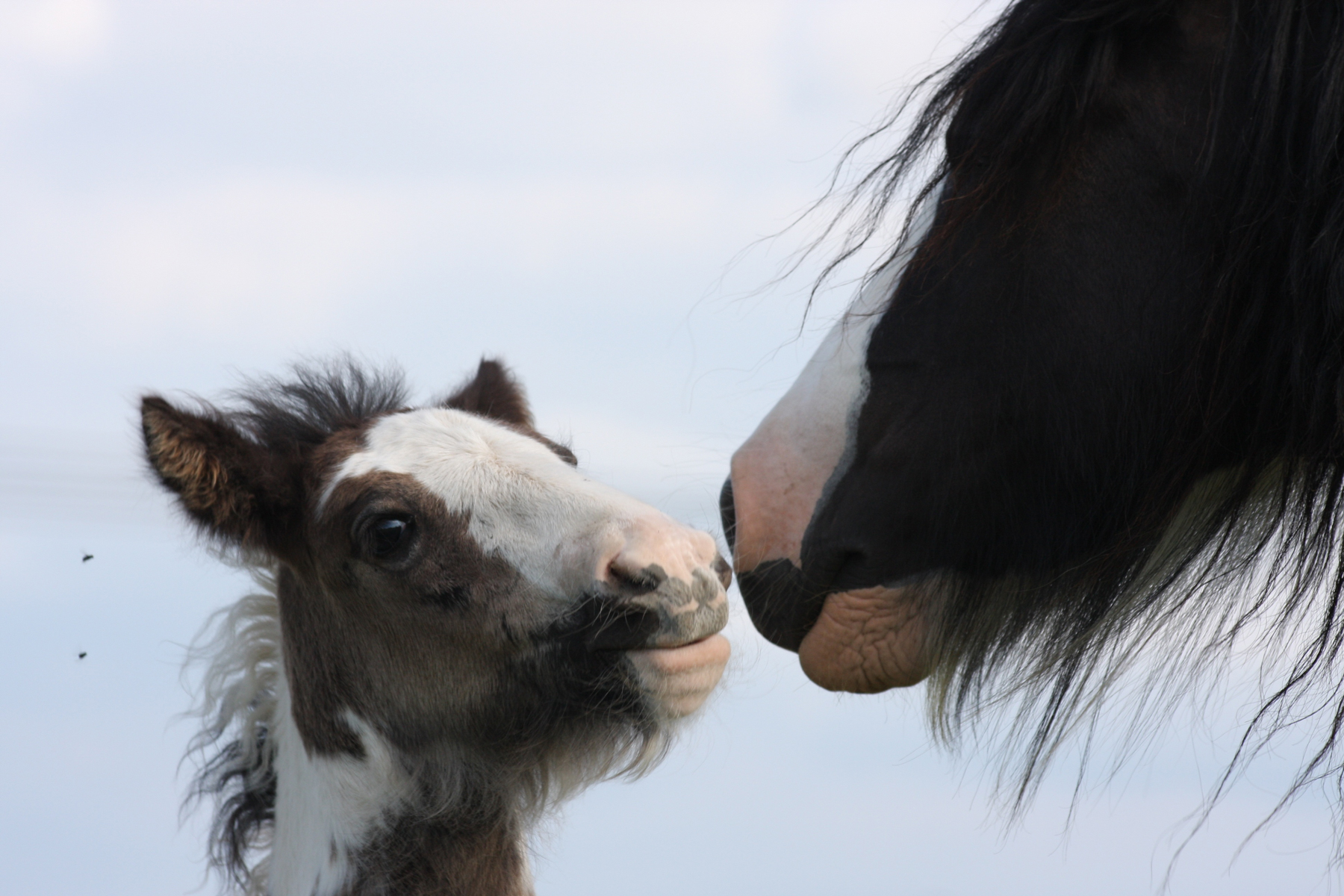
At five, seven and nine months of gestation, you’ll need a vet to vaccinate the mother-to-be against equine herpesvirus-1.
Ten months into your mare’s pregnancy, she’ll need the core vaccinations, in order to protect the foal:
Exercise
It’s important to keep your mare fit and healthy to increase the chance of a smooth foaling – pasture exercise should be adequate.
Spruce Pets advises lessening your mare’s workload roughly half-way through pregnancy, riding her less. Once she’s 9 months in foal, she should only be ridden very gently.
Your horse will likely signal when she’s had enough, and if she’s a jumper she’ll begin to knock down fences, as her coordination will be affected by pregnancy.
Once she’s close to her foaling date, refrain from riding her at all.
Neonatal isoerythrolysis (NI) screening
It’s vital to have your equine tested within two weeks of the predicted foaling date, checking to see whether she’s hypersensitised to her foal’s blood type.
If this is the case, for the first 24-36 hours she should not be allowed to suckle her foal, as it will develop NI. The foal’s red blood cells will be attacked by the mare’s antibodies, possibly killing him/her.
There are many potential risks involved in your pony’s pregnancy, this is why horse insurance is such a vital measure all owners should take.
The foaling date
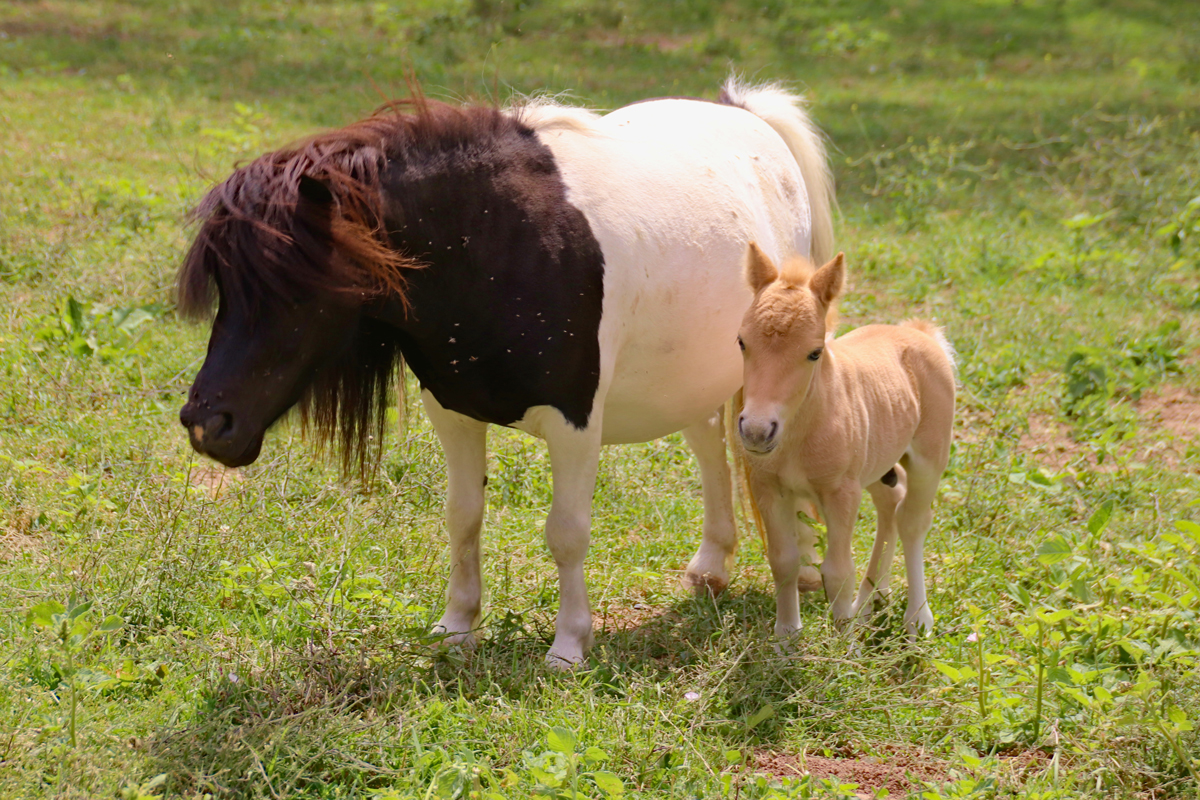
So, after success with a sire, your mare is drawing close to her foaling date. What should you do to prepare?
Where should she foal?
- Have a safe, deeply bedded stall ready for your mare to foal in, a minimum of 14 by 14 feet in size, thoroughly checked for safety hazards that could hurt the foal. A stall smaller than this could lead to the foal accidentally being trampled.
- Make sure the stall is safe and sturdy, as your mare needs to be shielded from other equines that might steal her feed or bother her.
- Ensure the stall’s floor mats are disinfected and use straw instead of shavings for bedding – this lessens the chance of debris catching in the foal’s eyes, causing ulcers.
- If you’d like your mare to foal outside, an open field is acceptable.
Signs she’s about to foal
- Around two weeks before the due date, your mare’s udder will begin expanding and producing a yellowish fluid, sticky in texture
- Around 315 days into gestation, your mare should be more closely observed for signs of foaling
- The teats should point downwards or slightly forward, distending around four to six days before she foals
- Her udder may begin to drip, as the yellowish fluid changes to colostrum or milk
- The muscles around her tail head will loosen
- Her belly may drop in preparation for foaling
If you’re unable to observe your pony closely, consider sending her to a foaling facility. This will give you peace of mind, as she’ll benefit from 24/7 surveillance and care.







